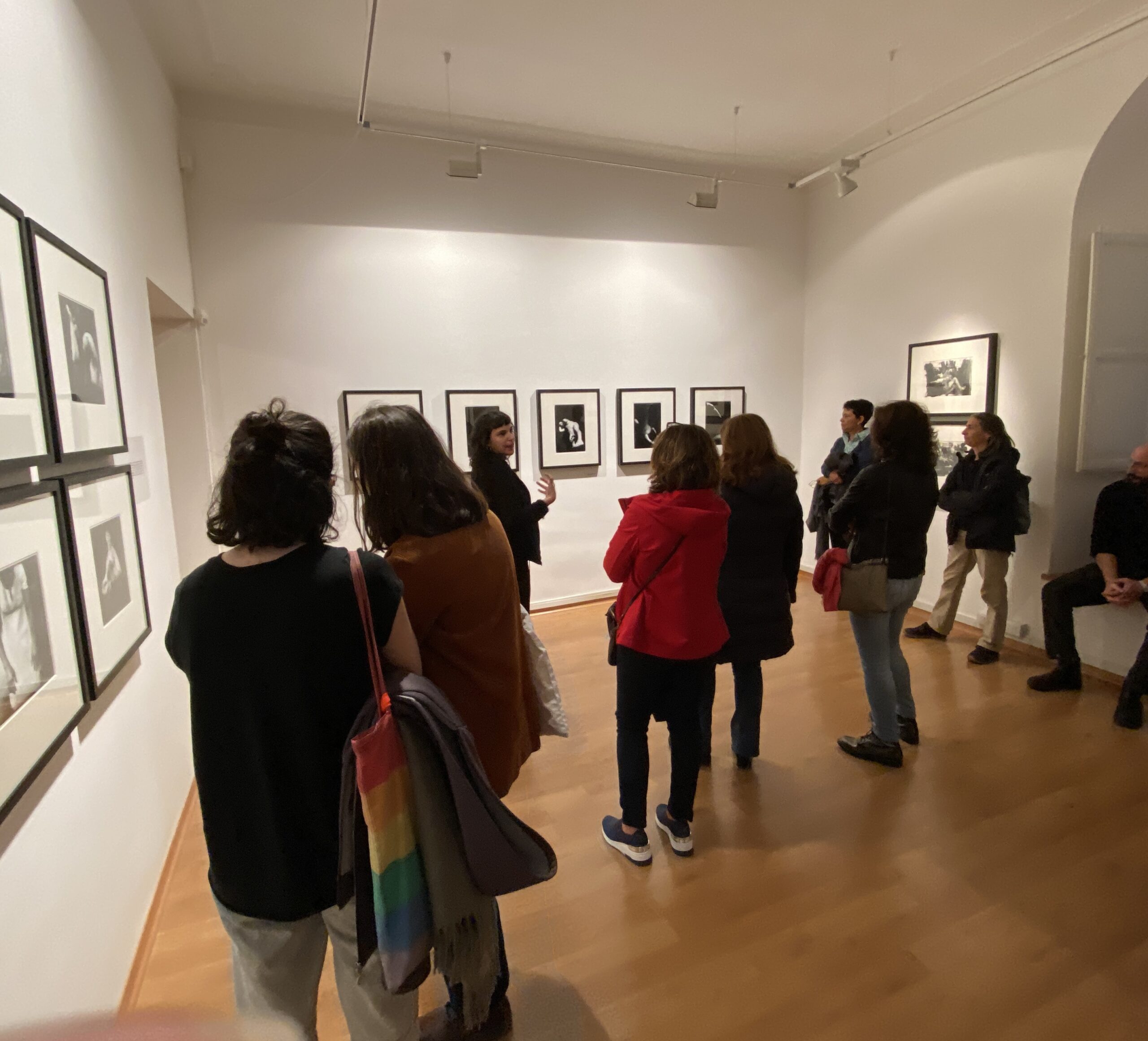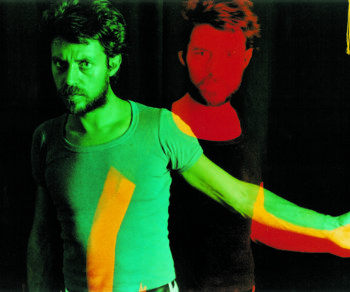Vernissage 11 Marzo 2023 ore 18,00. La mostra è organizzata dal Centro Di Sarro con Grenze Arsenali Fotografici (Verona) e Officine Fotografiche (Roma).
Samantha Marenzi, professor at the DAMS of the Roma 3 University, specializes in analogue photography and manual printing techniques. Corpus is a project in three stages of transition, three alchemical stages, three linguistic and material nuclei that tell the relationship between image and Butō, photography and dance, visual arts and performing arts. “I have always used only analogue photography, and with projects linked to presence and corporeity I began my experimentation with ancient printing techniques. A slow and long process of image creation, organic to the times and silences of the work on the body, a corpus”. In a never documentary relationship between scene and photography, the image is part of the creative process as a diagnosis and scan of movement, as a linguistic translation, as a rhythmic score “in” and “on” the black. The images develop the Butō of the Lios group, of La Maison du Butoh Blanc, but also what Marenzi experienced in Japan following Akira Kasai, a dancer who participated in the foundation of Butō and who then crossed the cultures and practices of ‘East and West. Fragments of projects exhibited in numerous Italian events and foyers find themselves in dialogue at the Centro Luigi Di Sarro together with unpublished works specially printed for Corpus. Also on display is the artist’s latest work with the performer Alessandra Cristiani, a trilogy of three projects for as many shows and exhibitions: one dedicated to Schiele and made in cyanotype, one to Bacon and made in Polaroid, the last to Rodin in silver salt emulsion on paper and stone. “The images constitute both the sources and the destinations of the three performances. Each solo is linked to a photographic project which investigates the variations of its corporeity stimulated by the work of the three chosen artists and experiments with the contaminations between different techniques. In all three stages we worked in collaboration with Alberto Canu, who uses digital and usually shoots the shows, in rehearsal or live”.


